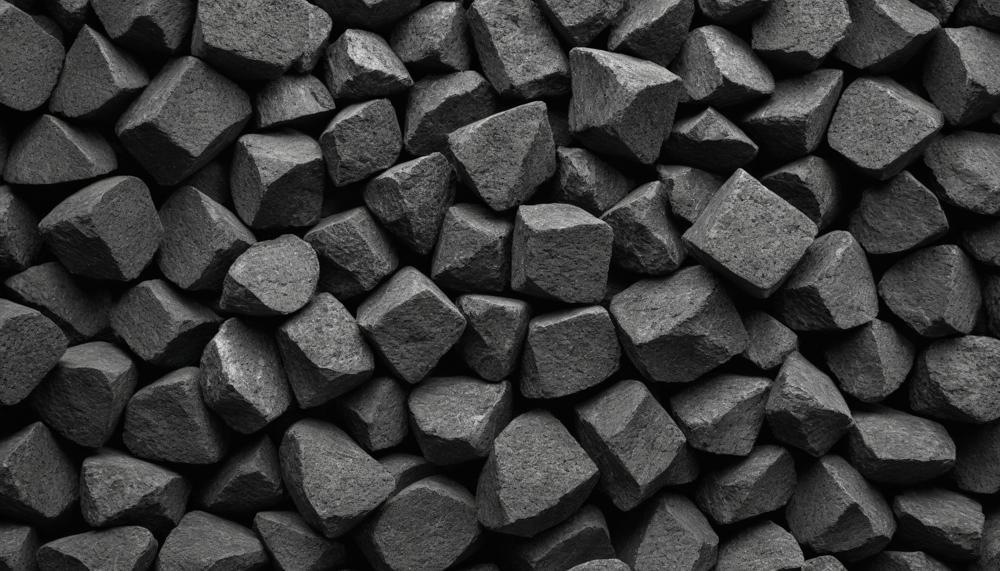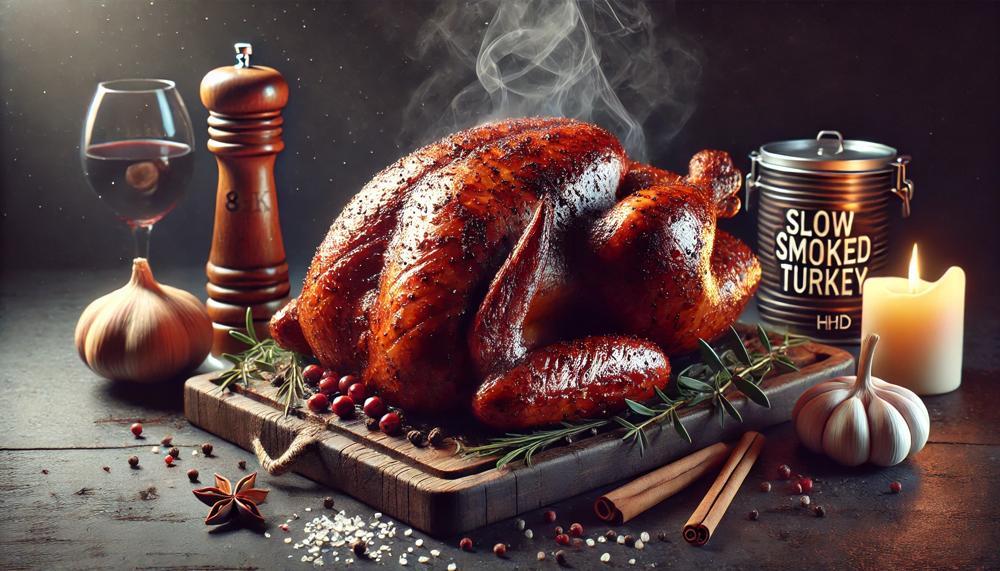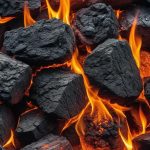Is it okay to use old charcoal? The answer is yes, but with a few considerations. While it’s generally safe to reuse partially burned charcoal for your next grilling session, there are some important points to keep in mind to ensure optimal performance and safety.
When charcoal burns, it loses some of its energy and mass. Therefore, it’s advisable to supplement old charcoal with fresh charcoal to maintain consistent heat levels throughout your cooking.
Here are the main takeaways:
- Yes, you can reuse old charcoal, but it’s best to supplement it with new charcoal to ensure efficient burning.
- Use a chimney starter for lighting charcoal. Add new charcoal at the bottom to prevent smaller pieces from falling through. The old charcoal will ignite quickly, helping you start your grill faster.
- Consider other uses for unspent charcoal, such as burning it to save money and time, or for alternative purposes.
- For the best grilling results, opt for 100% natural charcoal varieties like hardwood, mesquite, or coconut.
By following these tips, you can make the most of your charcoal, ensuring a successful grilling experience every time. Now, let’s dive deeper into why these practices matter and how they can elevate your barbecue game.
Contents
What Is Charcoal?
| What Is Charcoal? | Charcoal is a substance primarily composed of graphitic carbon, formed through the incomplete combustion of carbon-rich materials under controlled conditions with limited air access. It exists in various types, including coke and carbon black, originating from sources such as wood, bone, and other carbonaceous materials. |
| Key Features |
|
| Historical and Industrial Use |
|
| Modern Applications |
|
| Additional Insights |
|

Can Charcoal Go Bad?
| Can Charcoal Go Bad? | Answer | Explanation |
| Yes, charcoal can go bad. | Charcoal can expire and become less effective if exposed to moisture or if it contains additives like quick-light chemicals. | Charcoal, whether in lump form or as briquettes, has an indefinite shelf life if stored in dry conditions. However, moisture can degrade its quality, affecting burn efficiency and heat output. |
| Storage Conditions | Store charcoal in a sealable, moisture-proof container away from the elements. | This helps maintain its quality over time, ensuring it remains effective for grilling and other uses. |
| Moisture Impact | Moisture absorption can cause charcoal to burn less hot or for a shorter duration. | Proper storage in a dry location prevents moisture damage, preserving the charcoal’s usability and performance. |
Charcoal, primarily composed of graphitic carbon, serves diverse purposes from grilling to industrial applications like metal reduction. Its shelf life hinges on proper storage: dry conditions are crucial to prevent degradation.
While charcoal generally does not expire if kept dry, additives or moisture exposure can compromise its effectiveness.
How Should I Store My Charcoal To Keep It Safe?
| Storage Method | Description | Advantages |
| Airtight Containers | Store charcoal in containers like charcoal caddies, metal or plastic trash cans, or storage bins that seal tightly. | Prevents moisture from affecting charcoal quality, ensuring it remains dry and usable indefinitely. |
| Heavy-Duty Trash Bags | Line containers with heavy-duty bags before adding charcoal to create an additional moisture barrier. | Ideal for high-humidity areas, enhances long-term storage conditions. |
| Dry, Clean Place | Keep charcoal in a cool, dry place away from moisture, children, and pets. | Preserves charcoal quality and safety, ensuring it’s ready for use when needed. |
Charcoal should be stored in airtight containers such as charcoal caddies, metal or plastic trash cans, or storage bins to prevent moisture from impacting its performance.
Adding a heavy-duty trash bag as a liner can further protect against humidity, ideal for long-term storage in areas prone to moisture. Ensure the storage location is dry, clean, and away from children to maintain the charcoal’s usability indefinitely.
What Do I Do If My Charcoal Gets Wet?
If your charcoal gets wet, there are a few steps you can take to salvage it:
- Separate and Dry: Pour the charcoal onto a dry surface, separating the driest pieces from the most drenched. Place the pieces outside on cement or a dry area in the sun. Flip the coals periodically to ensure even drying. This process may take a full day or longer, depending on the weather and the extent of the moisture.
- Sun Drying: Lay the briquettes out in a single layer under direct sunlight. Leave them out for a couple of days, flipping them daily until they are completely dry to the core. This method works best in warm, sunny conditions.
- Storage Tips: To avoid future incidents, store charcoal in sealed containers such as charcoal caddies or metal trash cans. Use a heavy-duty trash bag inside the container for extra protection, especially in humid areas.
- Quality Check: If the charcoal crumbles easily after drying, it indicates poor quality. In such cases, it is best to discard the damaged charcoal and purchase a new bag.
- Grill Maintenance: If your charcoal grill gets wet, remove any old, wet charcoal and replace it with dry charcoal. Wet charcoal in the grill will not burn efficiently and can hinder your grilling experience.
Conclusion
Is it okay to use old charcoal? Absolutely. Reusing partially burned charcoal is not only safe but also economical and environmentally friendly. When charcoal burns, it naturally loses some of its potency, so supplementing old charcoal with fresh pieces ensures consistent heat for your grilling needs. A chimney starter is a fantastic tool to ignite a mix of old and new charcoal efficiently, making sure you’re ready to grill in no time.
To optimize your grilling experience, consider natural charcoal varieties like hardwood or coconut, which offer superior performance and flavor. These tips not only enhance your barbecue game but also extend the life of your charcoal stash. Remember, proper storage in a dry place is key to maintaining charcoal quality over time.
Whether you’re firing up the grill for a backyard feast or a casual cookout, these practices ensure you get the most out of your charcoal, achieving delicious results with every meal. By following these straightforward guidelines, you’re all set to enjoy flavorful grilled dishes without any charcoal-related worries.






